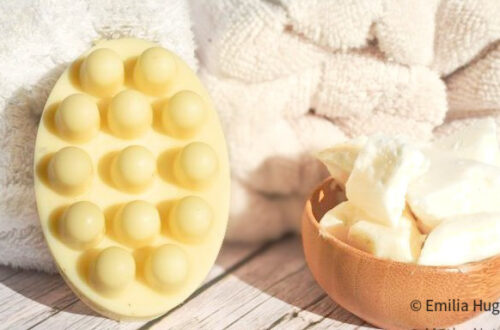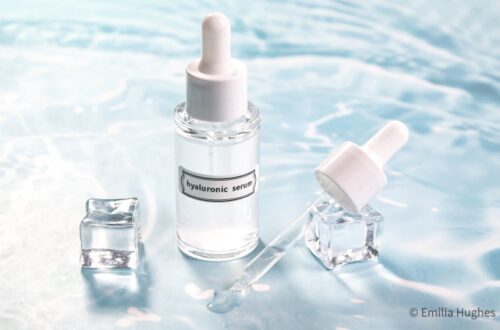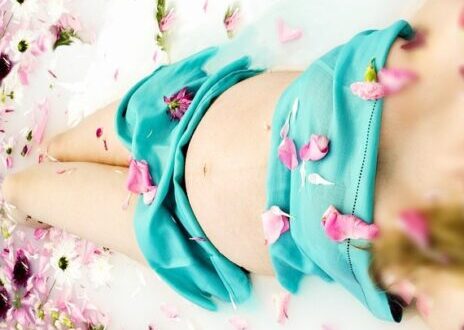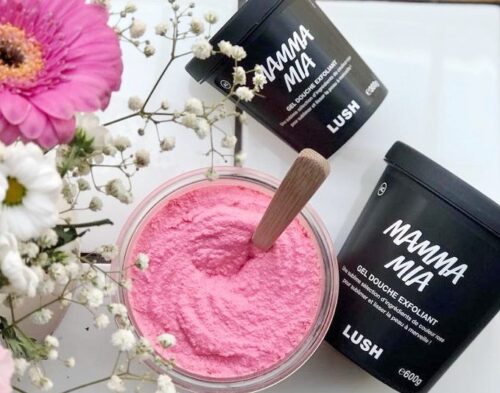
Lush – A Green Illusion? Examining Greenwashing in Cosmetics
Many of us, passionate about all things natural and eco-friendly, eagerly add Lush products to our shopping carts, believing our purchases are sustainable wonders. Lush is often linked with nature, freshness, and a punk lifestyle. Their creams look handcrafted, and the masks even have bits of parsley—how perfectly natural, right?
But what if I told you that Lush isn’t as natural as you think? When I explain to my friends that Lush is not quite what it seems, they often feel deceived. Why is that? We have created an image of Lush as an eco-legend in our minds.
To be clear, Lush doesn’t directly claim that their products are made of entirely natural ingredients, nor do they say they are organic. Yet somehow, the brand has developed that reputation. If you’re curious about why this eco-myth may not be entirely true, I invite you to read the rest of the article. I promise it will be insightful!
Parabens – Hormonal Disruptions and Thyroid Dysfunction
Parabens are banned in eco-friendly cosmetics due to their potential to disrupt hormonal balance. Research categorizes them as endocrine-disrupting chemicals (EDCs), highlighting the need to assess their effects on health carefully. Disruption of hormonal balance can lead to various health issues throughout the body.
Studies from 2004 indicated that parabens, particularly methylparaben, were found in breast tissues and tumors. Furthermore, higher levels of parabens in urine were linked to earlier puberty in children, which included early breast development and the appearance of pubic hair. Paraben exposure is also linked to reproductive health issues in women.
Recent studies from 2023 show that human exposure to parabens can increase levels of thyroid-stimulating hormone (TSH). This can be particularly harmful for individuals with hypothyroidism. The thyroid plays a crucial role, especially during the first trimester of pregnancy when the developing baby depends entirely on the mother’s thyroid hormones. Alarmingly, parabens have also been detected in the placenta and breast milk.

For example, consider the ingredients in the moisturizing cream “Gorgeous (Preserved)“:
- Organic orange blossom water
- Organic extra virgin olive oil
- Stearic acid
- Organic cold-pressed evening primrose oil
- Organic avocado oil
- Glycerin
- Extra virgin coconut oil
- Fresh lemon juice
- Wheat germ oil
- Fresh orange juice
- Organic cold-pressed grapeseed oil
- Fresh pineapple juice
- Orange flower absolute
- Neroli oil
- Myrrh resin
- Triethanolamine
- Cetylstearyl alcohol
- *Geraniol
- *Farnesol
- *Limonene
- *Linalool
- Hydroxycitronellal
- Perfume
- Methylparaben
- Propylparaben
While the list starts with “organic” ingredients and natural oils, it ends with parabens and artificial fragrance. There are many natural and safe preservatives available today. It’s disappointing for a cream priced at £45. On the Lush website, parabens are described as “safe synthetics.” As a consolation, there is a self-preserved version available that does not contain preservatives.
Artificial Fragrances – A Cocktail of Hundreds of Chemicals
Lush products contain synthetic fragrances, which are a trademark of the brand and hit you as soon as you enter the store. In fact, you can easily identify a Lush store by its scent. Every product they sell includes synthetic fragrances. While they may smell natural—like caramel, dates, or plums—the term “fragrance” can obscure the actual chemical composition of these substances. Sometimes, creating a fragrance involves hundreds of synthetic chemicals, many of which may be harmful to health or the environment.
When “fragrance” appears in black on the Lush website, it indicates the presence of synthetic ingredients. The brand doesn’t disclose the full composition of these fragrances. Synthetic fragrances are included in many Lush products, such as bath bombs, soaps, shampoos, conditioners, lotions, shower gels, shaving creams, bath oils, and deodorants. If you’re interested in learning more about why synthetic fragrances can be harmful to health, you can find additional information here.
Harsh Cleansing Agents (SLS and SLES) – Skin and Respiratory Irritation

Sodium Lauryl Sulfate (SLS) and Sodium Laureth Sulfate (SLES) are cleansing agents that are banned in eco-friendly cosmetics due to their irritating effects on the skin, eyes, and respiratory system. They are also toxic to aquatic organisms. Both SLS and SLES can be found in some Lush shampoos and shampoo bars, as well as in shower gels, bath bombs, and bath foams. For instance, the composition of “Daddy-O” shampoo includes not only Sodium Lauryl Sulfate and Sodium Laureth Sulfate but also methylparaben and propylparaben.
Phenoxyethanol – Allergies, Hormonal and Neurological Issues
Phenoxyethanol is a commonly used preservative, especially in children’s products. In 2016, the Scientific Committee on Consumer Safety (SCCS) deemed its use safe for all age groups, including children, as long as it remains below a maximum concentration of 1%. However, the implications and safety of its use continue to be subjects of discussion.
Research has shown that phenoxyethanol exposure may lead to allergic reactions, hormonal disruptions, and neurological issues, especially in children. Although it is widely used, many people remain unaware of its potential risks.
Synthetic Colors – Petrochemical-Based Pigments
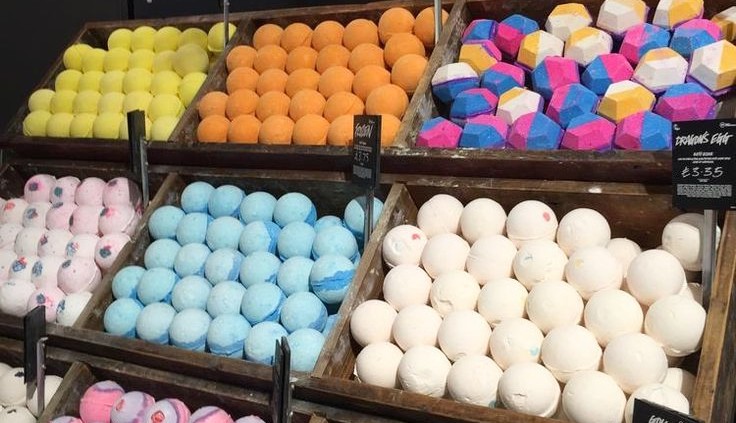
Lush uses many synthetic petrochemical-derived dyes in their products, such as Red 4, Blue 1, and Yellow 8. The company claims these artificial colors are necessary because the shades cannot be achieved with natural pigments.
The highest concentration of synthetic dyes is found in Lush bath bombs, but they are also present in soaps, lip balms, face masks, bath oils, massage bars, shampoo bars, shower gels, exfoliators, and shampoos. Some of these synthetic colors may have toxic potential.
PEG Compounds Derived from Petroleum:
Ingredients labeled as “PEG-” (polyethylene glycol) are derived from petroleum. They may be contaminated with harmful substances such as 1,4-dioxane and ethylene oxide. 1,4-dioxane is a potential carcinogen, while ethylene oxide is a known carcinogen.
Experts from the Cosmetic Ingredient Review (CIR) have highlighted possible contaminants, including 1,4-dioxane, ethylene oxide, and propylene oxide. These substances can form during the manufacturing process and may be carcinogenic or highly volatile.
Conclusion: The Reality Behind Lush’s Eco-Claim
Lush advertises itself as a brand close to nature, friendly to the environment, and animals. Yet, many of its products contain ingredients that may be less friendly to health. Some of these ingredients may also be more harmful to the environment than commonly believed. Cosmetics that appear to be eco-friendly may hide substances that disrupt hormones, neurotoxic chemicals, or petrochemical-based ingredients.
Despite this, Lush does offer some genuinely good products made with entirely natural ingredients. These require careful label checking. So, it’s important to not shop blindly but to always read the product labels thoroughly before making a buy.
What do you think of Lush? Have you ever checked the ingredients in their products? Let me know in the comments! If you found this article interesting, press the like button and subscribe to my new posts for more insights on natural cosmetics!


